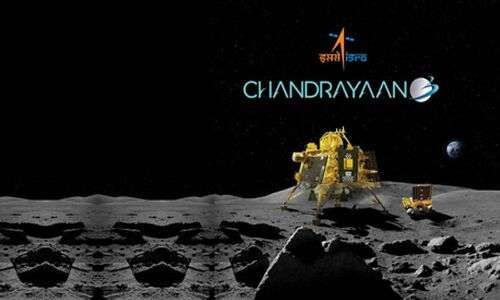The Indian Space Research Organization (ISRO) is planning to take on new missions in space after hoisting the Indian flag on the moon with Chandrayaan 3. One of these missions is called Aditya L1, which will be India’s first space-based mission to study the sun. The mission is scheduled to be launched in September. The spacecraft will be placed in a halo orbit around the Lagrange point 1 (L1) of the Sun-Earth system, which is about 1.5 million km from Earth. This orbit will allow continuous observation of the sun without any interruptions, providing valuable real-time information about solar activities and their effects on space weather.
ISRO has also partnered with the US space agency NASA to develop a powerful Earth Observation Satellite called NISAR (NASA-ISRO Synthetic Aperture Radar). This satellite, which is being assembled in Bengaluru, will monitor the movements of Earth’s land and ice surfaces in great detail. It will help deepen our understanding of climate change, deforestation, glacier melting, volcanoes, and earthquakes. NISAR will also provide valuable data about forests, wetlands, and agricultural lands.
In addition, ISRO is working on India’s first human space flight mission, known as Gaganyaan. This mission aims to demonstrate India’s capability for human spaceflight by sending a crew of three members to an orbit of 400 km for a 3-day mission and bringing them back safely to Earth. The manned flight will be preceded by two unmanned flights.
ISRO is also developing the country’s first dedicated polarimetry mission, which will study the dynamics of bright astronomical X-ray sources in extreme conditions. This project is expected to launch later this year or early 2024. Polarimetry measurements will provide valuable insights into the emission processes from various astronomical sources such as black holes, neutron stars, and pulsar wind nebulae.
These upcoming missions showcase ISRO’s commitment to exploring new frontiers in space and advancing our understanding of the sun, Earth, and the universe.

